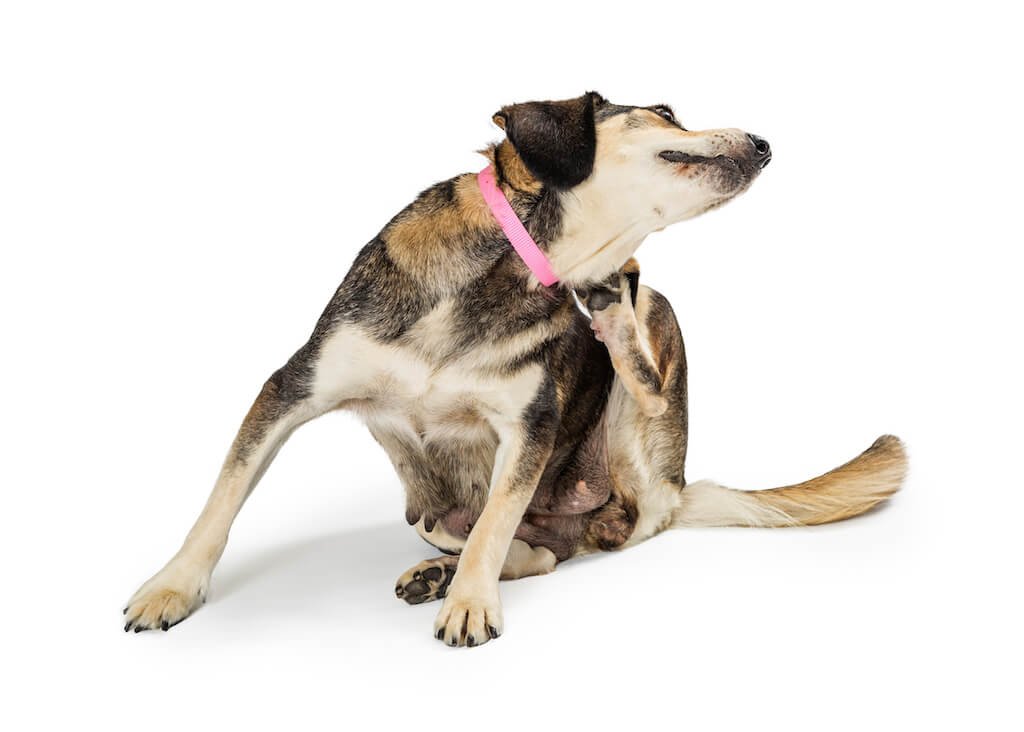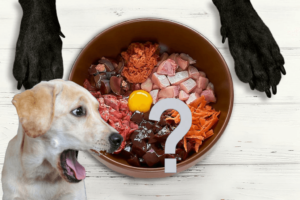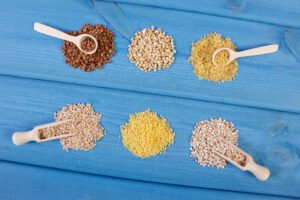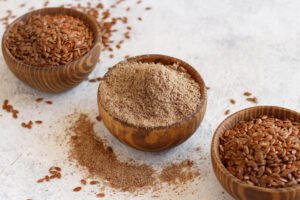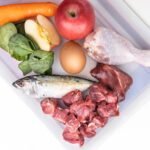Embarking on the journey of hypoallergenic diets for dogs is a bit like becoming a dietary detective, especially when your four-legged friend starts showing signs that their current menu might be doing more harm than good. From itchy skin to tummy troubles, the clues that your dog might be dealing with food allergies are there, waiting to be pieced together. This ultimate guide is your trusty magnifying glass, helping you zoom in on hypoallergenic diets, understand their benefits, and navigate the switch with ease and confidence.
Unraveling the Mystery of Dog Food Allergies
Imagine your dog’s immune system is a bit overzealous, tagging certain proteins as “bad guys” even though they’re perfectly harmless. This mix-up can lead to a series of uncomfortable reactions, making your pooch feel less than their best. Common culprits like beef, dairy, and wheat strut around in usual dog foods, potentially stirring up trouble.
The Hypoallergenic Diet Decoder
Hypoallergenic diets play a clever game of keep-away with these allergens, using novel animal proteins your dog hasn’t encountered (think kangaroo or rabbit) or hydrolyzed proteins that are too small for the immune system’s radar. It’s a bit like sneaking veggies into a kid’s meal – if they don’t recognize it, they can’t protest.
The Perks of Going Hypoallergenic
- Reduced Allergic Reactions: It’s like putting a do-not-disturb sign on your dog’s immune system, letting it relax instead of reacting.
- Skin and Coat Glow-Up: These diets can turn your dog into a walking shampoo advertisement, with a shiny coat and healthy skin.
- Happy Tummy Times: Less upset, more joy in the digestive department means your dog can focus on the important things, like playtime and cuddles.
The Hypoallergenic How-To
- Vet Chat: This step is like consulting the map before a treasure hunt. Your vet can help confirm food allergies and suggest the best dietary route.
- Picking the Potion: Whether it’s novel or hydrolyzed protein, choosing the right hypoallergenic diet is crucial. It’s a personalized potion tailored to your dog’s needs.
- Slow and Steady Swap: Transitioning to the new diet is a gradual dance, blending the old with the new to keep your dog’s tummy happy.
- Observation Station: Keep an eye on your dog’s reactions to their new diet. Improvement signs are your green lights.
- The Long Haul: Sticking with a hypoallergenic diet is usually not a quick fix but a long-term commitment to your dog’s health.
The Homemade Route
For those who prefer the DIY approach, crafting homemade hypoallergenic meals offers full control over what goes into your dog’s bowl. Just be sure to team up with a veterinary nutritionist to balance the nutritional scales.
Wrapping It Up
Switching to a hypoallergenic diet is a step towards a happier, more comfortable life for dogs wrestling with food allergies. With the right diet, a sprinkle of patience, and a dash of vigilance, you can help your dog ditch the itch and embrace a healthier, more joyful existence. Remember, every dog’s journey is unique, and finding the perfect dietary fit might take some time, but the wagging tail at the end of the journey is well worth the effort.

